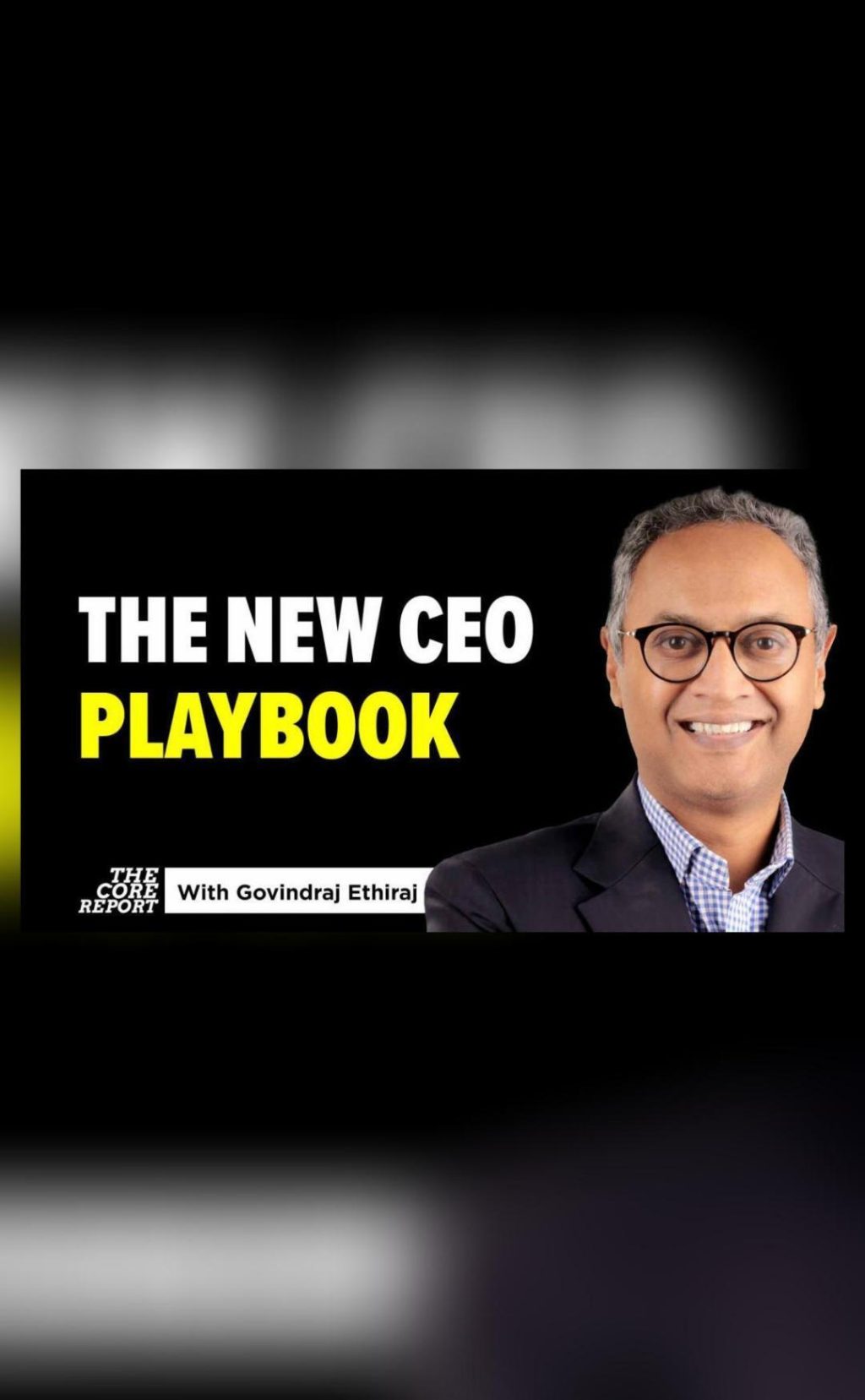
The New CEO Playbook: AI Pressures & Global Tariff Shocks
As the world becomes increasingly interconnected, global CEOs are facing unprecedented challenges. The rapid rise of artificial intelligence (AI) is transforming industries, while shifting trade policies and tariff shocks are disrupting global trade. In this ever-changing landscape, business leaders must rethink their strategies and operations to stay ahead of the curve. In this blog post, we’ll explore the new CEO playbook and the pressures AI and global tariff shocks are placing on businesses.
The AI Revolution
AI is revolutionizing the way businesses operate, from customer service to supply chain management. According to a report by McKinsey, AI has the potential to increase global economic output by up to $13 trillion by 2030. However, this revolution is not without its challenges. As AI-powered automation replaces human tasks, CEOs must navigate the complexities of upskilling their workforce and redefining their business models.
AI is also forcing companies to rethink their innovation strategies. In a recent survey by Deloitte, 75% of CEOs reported that AI is driving innovation in their organization. However, only 25% reported that they have a clear strategy for AI adoption. This highlights the need for CEOs to develop a clear vision for AI innovation and integration.
Global Tariff Shocks
Meanwhile, global tariff shocks are disrupting trade and supply chains. The ongoing trade war between the US and China, as well as the imposition of tariffs by other countries, is creating uncertainty and volatility in global markets. According to a report by the International Monetary Fund (IMF), the trade war has already reduced global trade by 1.3% and could continue to have a negative impact on economic growth.
These tariff shocks are forcing CEOs to rethink their global supply chain strategies. In a recent survey by the World Economic Forum, 60% of CEOs reported that they were considering localization of their supply chains to mitigate the impact of tariffs. This shift towards localization is not without its challenges, as companies must navigate complex regulatory environments and find new suppliers.
The New CEO Playbook
So, what does this mean for CEOs? To thrive in this new landscape, CEOs must develop a new playbook that combines AI-driven innovation with global tariff shock resilience. Here are some key strategies for CEOs to consider:
- Rethink Innovation: AI is driving innovation in industries, but CEOs must develop a clear strategy for AI adoption and integration. This includes upskilling the workforce and redefining business models.
- Localize Supply Chains: Tariff shocks are disrupting global supply chains, forcing CEOs to rethink their sourcing strategies. Localization can provide greater control and flexibility, but requires careful planning and execution.
- Diversify Revenue Streams: CEOs must develop multiple revenue streams to mitigate the impact of tariff shocks and AI-driven disruption. This includes diversifying products and services, as well as exploring new markets and geographies.
- Build Resilience: CEOs must build resilience into their organizations, including developing contingency plans for supply chain disruptions and developing a culture of innovation and adaptability.
Case Study: The Impact of AI and Tariff Shocks on Business
To illustrate the impact of AI and tariff shocks on business, let’s consider the case of a global manufacturing company. This company had traditionally sourced components from China, but with the imposition of tariffs, the company’s costs increased significantly. To mitigate this impact, the company decided to localize its supply chain, sourcing components from local suppliers.
However, this shift required significant investment in new equipment and training for local suppliers. The company also had to develop new relationships with local suppliers and navigate complex regulatory environments.
Meanwhile, AI-powered automation was transforming the company’s manufacturing process, allowing for greater efficiency and productivity. However, this required the company to upskill its workforce and develop new skills to support AI-driven innovation.
Conclusion
The new CEO playbook is all about navigating the complexities of AI pressures and global tariff shocks. CEOs must rethink their strategies and operations to stay ahead of the curve, from redefining innovation to localizing supply chains. By building resilience and diversifying revenue streams, CEOs can thrive in this new landscape.
In the words of the CEO of a global manufacturing company, “The key to success is adaptability. We must be able to pivot quickly in response to changing market conditions and regulatory environments. This requires a culture of innovation and a willingness to take calculated risks.”
News Source:






